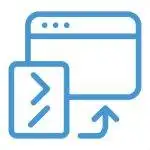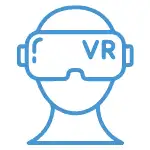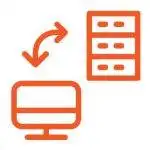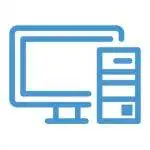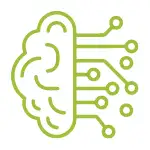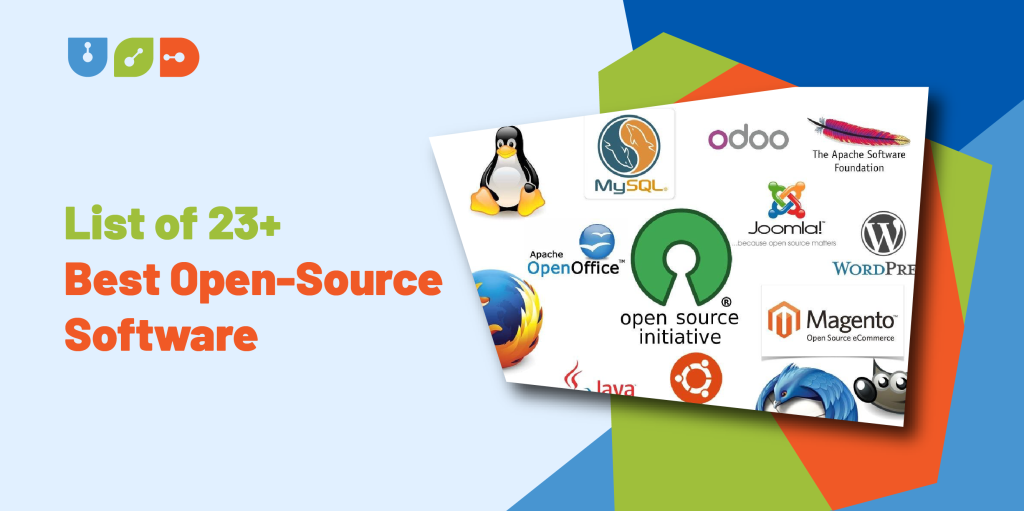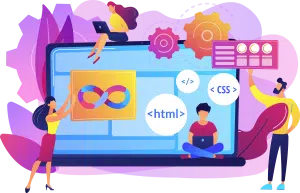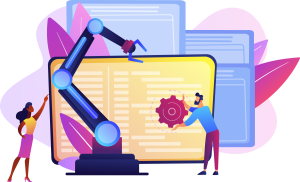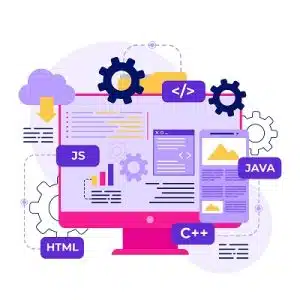Table of Contents
ToggleOpen-source software has become a cornerstone of modern technology, powering a wide array of applications that range from image editing to web development. In this comprehensive article, we will delve into the realm of open-source software, exploring its definition, advantages, and a meticulously curated list of the top 23+ open-source software solutions. So, if you’re ready to explore the world of innovation and collaboration, join us on this journey through the realm of open-source technology.
What is Open-Source Software?
Open-source software, often referred to as OSS, is a type of software that is released with a license granting anyone the freedom to view, use, modify, and distribute the source code underlying the program. Unlike proprietary software, which is restricted by copyright and often comes with licensing fees, open-source software promotes transparency, collaboration, and community-driven software development.
What are the Benefits of Open-Source Software?
The adoption of open-source software brings forth a multitude of benefits that contribute to its widespread popularity. Some of these advantages include:
Unmatched Transparency
Open-source software is built upon the principles of transparency. The source code is accessible to everyone, allowing developers to scrutinize, audit, and improve the codebase. This transparency fosters trust and empowers users to verify the security and integrity of the software.
Enhanced Security
With the collective efforts of a global community of developers, open-source software often benefits from the swift identification and resolution of security vulnerabilities. The collaborative nature of OSS development ensures that security patches are released promptly, reducing the risk of exploitation.
Cost-Effectiveness
Open-source software eliminates the need for costly licensing fees, making it an economical choice for individuals, startups, and enterprises alike. The financial barrier to entry is significantly lowered, allowing organizations to allocate resources to other critical areas.
Community Engagement
Open-source projects thrive on community participation. Developers, users, and enthusiasts collaborate to share ideas, offer solutions, and drive the software’s evolution. This vibrant community contributes to the continuous improvement of the software.
Customization
Open-source software can be tailored to meet specific needs. Developers can modify the source code to add features, remove unnecessary components, or integrate with other software seamlessly. This level of customization empowers organizations to create software that aligns precisely with their requirements.
Fast Security Updates
The distributed nature of open-source development means that security updates can be rolled out quickly. When a vulnerability is identified, the community works together to address the issue and distribute patches promptly.
Digital Transformation
Open-source software aligns well with the principles of digital transformation. It offers the flexibility and adaptability needed to modernize existing processes and systems.
Fewer Costs
One of the most compelling reasons for adopting open-source software is the significant reduction in costs. Licensing fees are eliminated, allowing organizations to allocate resources to other strategic initiatives.
Best Open-Source Software
Without further ado, let’s dive into our meticulously curated list of the top 23+ open-source software solutions:
1. GIMP (GNU Image Manipulation Program)
Introduced in 1996, GIMP has emerged as a preeminent open-source image editing software presently reigning in the market. This platform stands as a formidable contender to Adobe Photoshop, setting itself apart by being entirely cost-free. Users are empowered to forge novel graphic design components while harnessing the integrated support for filters, layers, and photo enhancement attributes.
In a departure from Adobe Photoshop’s pricing model, GIMP not only rivals but also outshines it in the aspect of affordability. Users can revel in the creation of new graphic design elements fortified by the software’s inherent bolstering of filters, layers, and photo enhancement capabilities.
For those seeking an even more enticing creative journey, users have the option to enrich their experience by procuring plugins cultivated by the expansive GIMP open-source community.
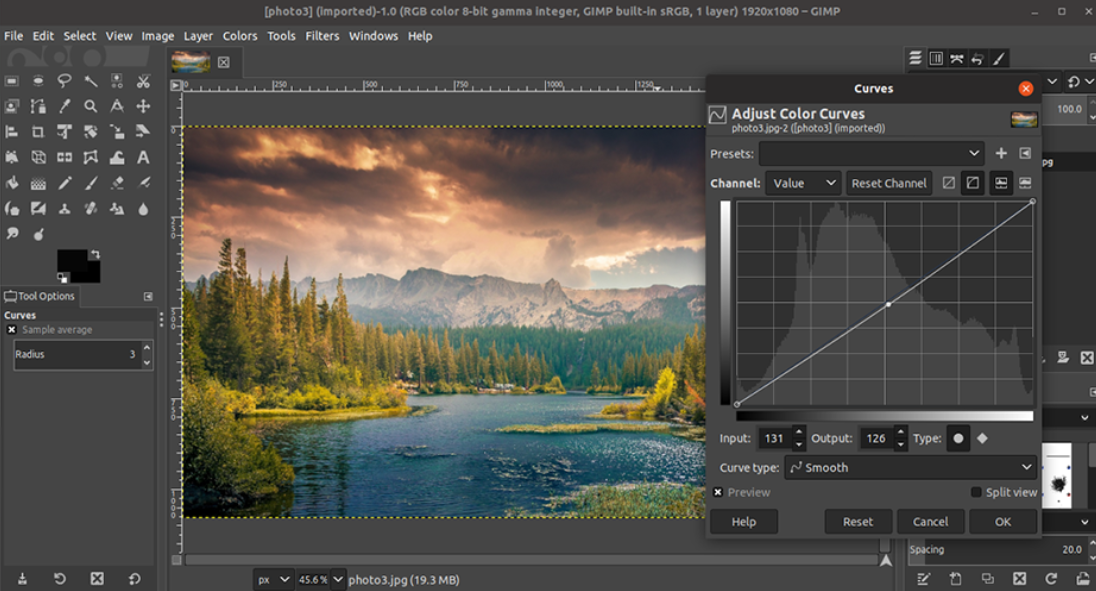
Highlighted Features
- Operating seamlessly on Windows, macOS, and Linux platforms.
- The interface stands open to full-scale customization, catering to individual preferences.
- The software houses an array of sophisticated editing tools, catering to both novices and professionals.
- The inclusion of layers, filters, and automated photo enhancements adds a touch of finesse to the editing process.
- A repository of 150 standard effects and filters further augments the software’s robustness.
2. Python
Python stands as a ubiquitous programming and scripting language, finding its home among developers as a common choice. This designation as one of the prime open-source tools for developers is well-founded.
This versatile language finds application in the creation of an array of software, including web applications, mobile apps, and even video games. The richness of Python’s standard libraries has earned it the moniker of a “battery-included” language.
In contemporary times, Python enjoys widespread adoption, finding favor across diverse industries. Its appeal lies in its support for both Object-Oriented and Procedural programming paradigms.
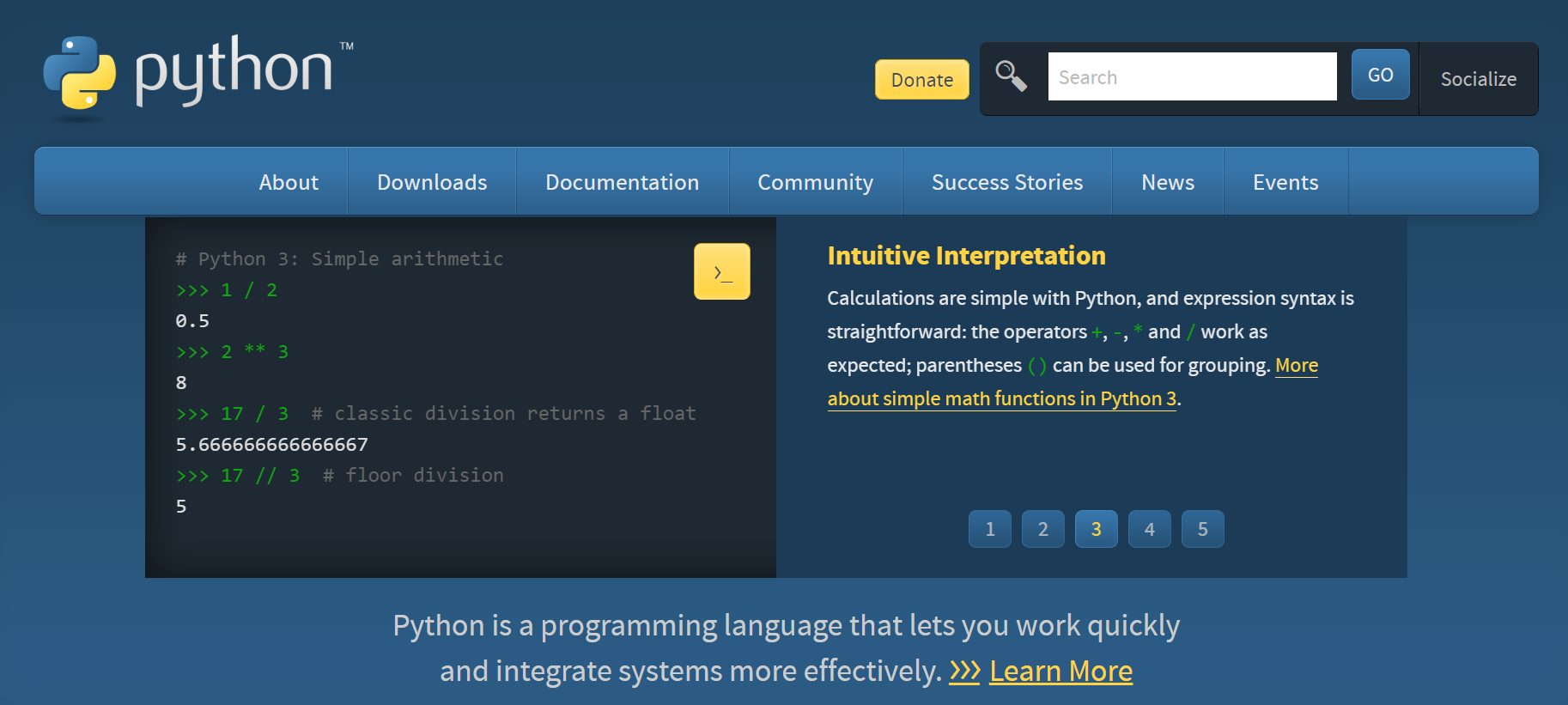
Key Attributes
- Programs constructed in Python tend to be more compact compared to those in Java.
- A standout feature of Python is its expansive standard library, contributing to its allure.
- Python occupies a central role in the development of Software as a Service (SaaS) applications.
- Earning distinction as one of the most widely-used, high-level, multipurpose programming languages.
- Python’s ease of coding further cements its popularity, simplifying the development process.
3. Mozilla Firefox
Mozilla Firefox stands as a standout example of one of the most triumphant endeavors in the realm of open-source projects on a global scale.
Functioning as a web browser akin to Google Chrome, this software made its debut in 2002. Its strength lies in delivering users a straightforward interface coupled with an astute address bar.
A noteworthy detail is that, for numerous Linux distributions, Mozilla Firefox is the default web browser. Although it experienced a dip in its user base subsequent to the launch of Google Chrome, Mozilla orchestrated a remarkable overhaul of Firefox, allowing it to now pose a significant challenge to its predecessor.
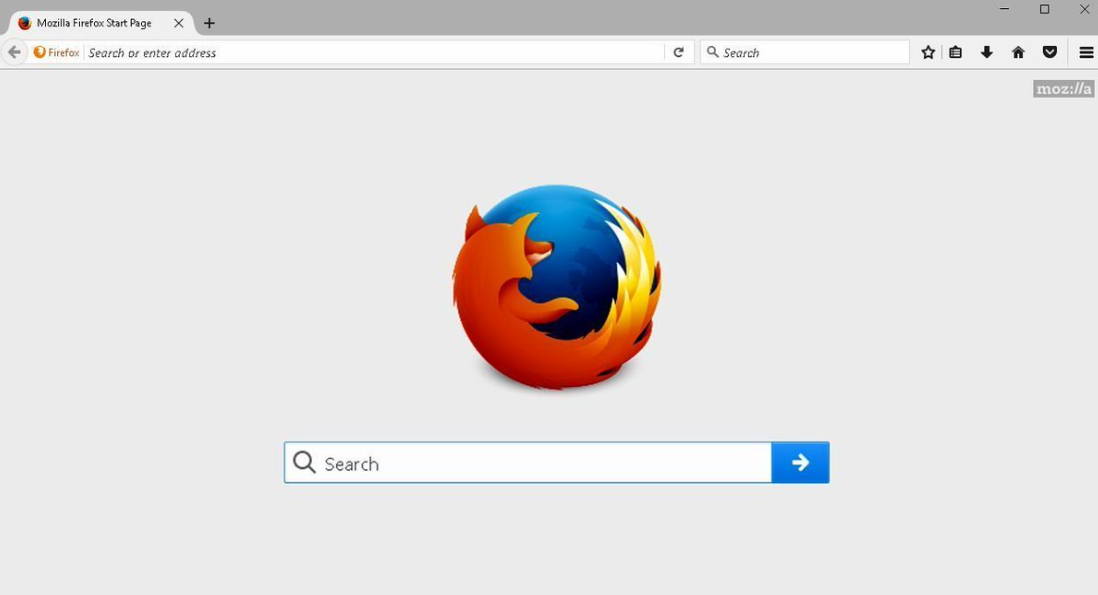
Highlighted Attributes
- The browser comes fortified with protective measures against phishing attempts and malware.
- Automatic detection of outdated plugins is a built-in feature.
- Downloads that get interrupted are seamlessly resumed without user intervention.
- A rapid graphics acceleration mechanism enhances the browsing experience when dealing with videos and images.
- Tabbed browsing functionality further enriches the user experience.
4. PyTorch
PyTorch emerges as a machine-learning framework open to the community, drawing its foundation from the Torch library. This framework is a creation of Facebook’s AI Research lab (FAIR) and finds its utility across domains such as computer vision and natural language processing (NLP).
An exclusive Python package caters to the demands of advanced functionalities, particularly in the realm of tensor computation and TorchScript. Notable deep learning tools like Tesla Autopilot, PyTorch Lightning, and Catalyst are constructed upon the PyTorch foundation.
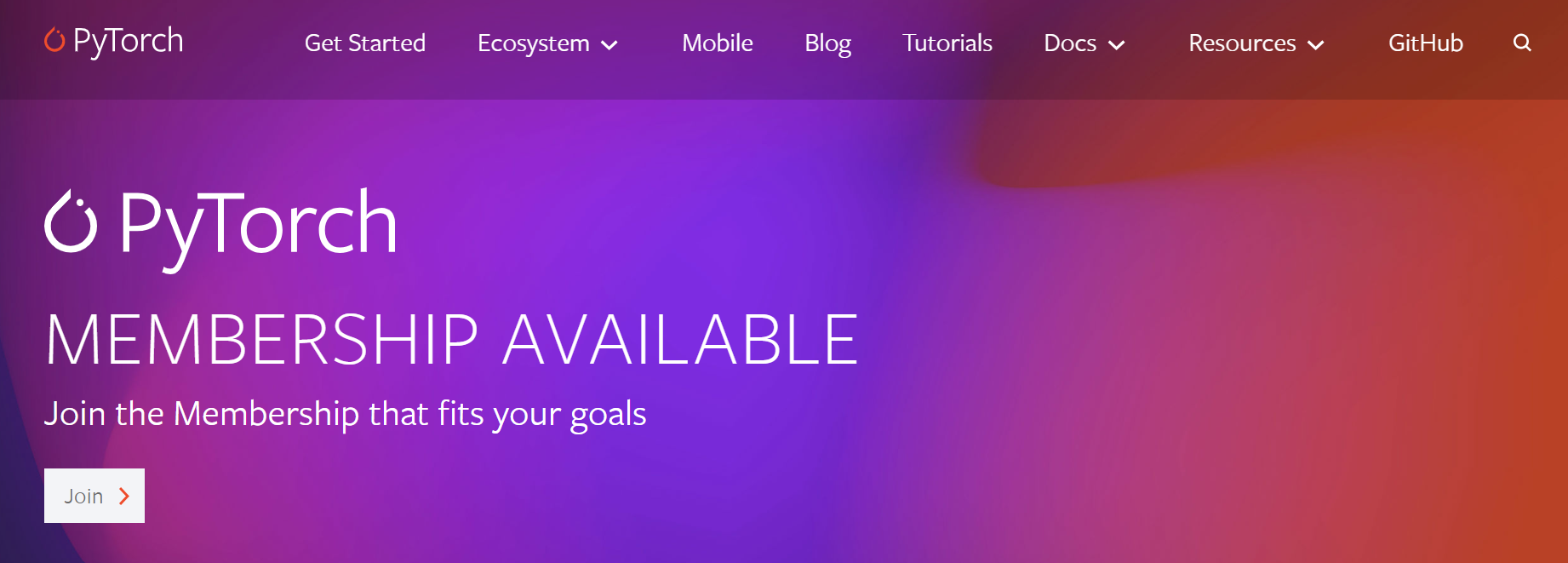
Characteristics
- Unveils an expansive array of tools and libraries within its ecosystem.
- Enjoys robust support across a wide spectrum of cloud platforms.
- An interface in C++ enriches its versatility.
- Equipped with high-level capabilities encompassing Tensor Computing and the construction of intricate Deep Neural Networks.
- Its user-friendly design and adaptability in eager mode are further amplified by the integration of TorchScript.
5. GNU
GNU comprises a collection of software components that serve the dual purpose of functioning either as a standalone operating system or as integral constituents of an operating system.
This operating system stands as a champion of user freedom, adhering to principles that safeguard user rights. Drawing inspiration from the UNIX model, this system is characterized as UNIX-like, encompassing an amalgamation of diverse applications, libraries, and even recreational software. At its core, this software assumes the responsibility of resource allocation within the machine and facilitates communication with hardware components.
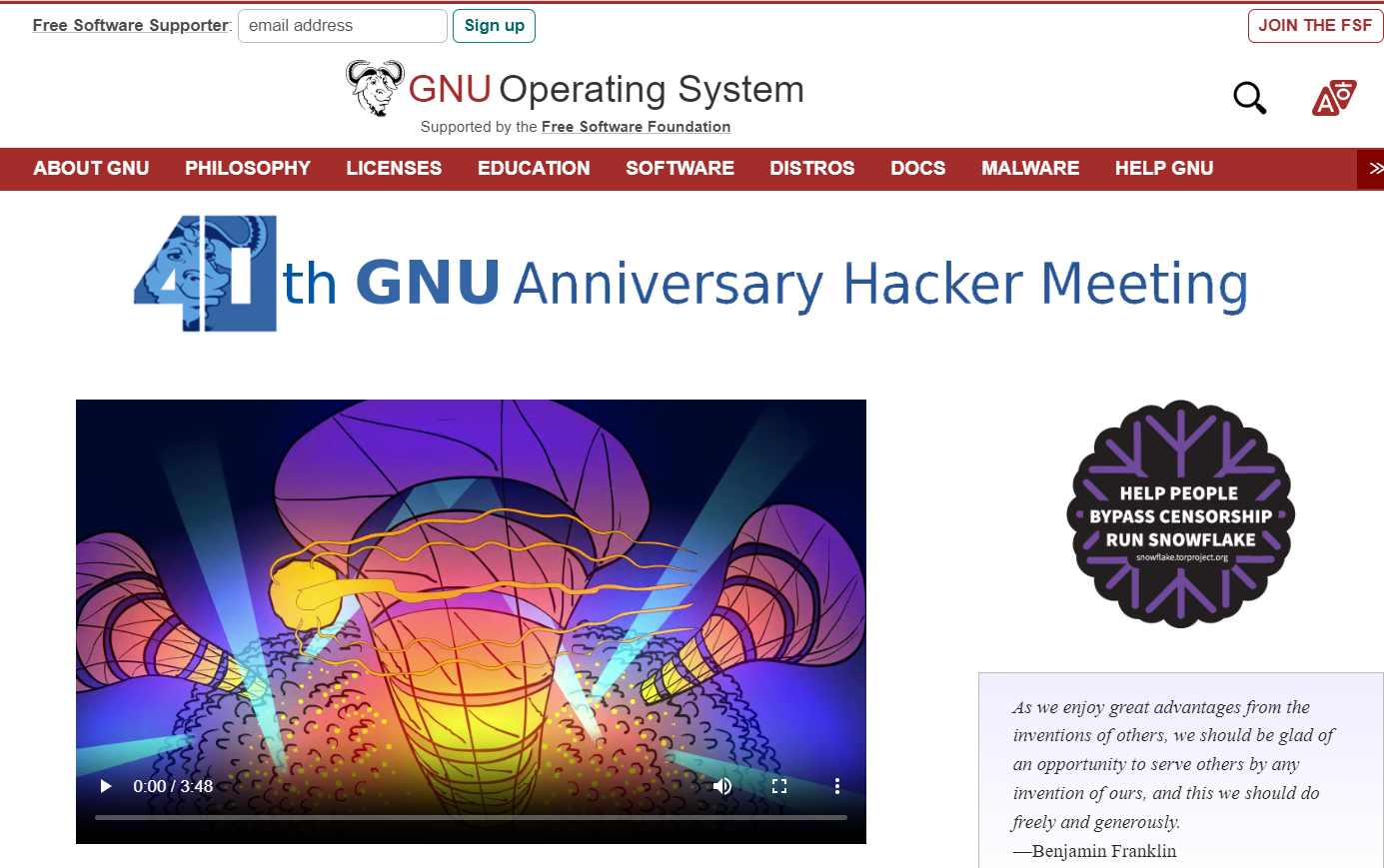
Distinctive Attributes
- Sets itself apart from traditional Unix systems by virtue of its freedom and lack of reliance on Unix code.
- The origins of its development trace back to 1984 under the banner of the GNU Project.
- Typically coupled with Linux, the two form a collaborative operating environment.
- A notable feature is its proprietary kernel, aptly named The Hurd.
- The Hurd kernel project holds a significant technical position within the GNU ecosystem.
6. VLC Media Player
VideoLAN Client, commonly known as VLC, emerges as a multimedia application crafted by the collaborative efforts of the VideoLAN Project, a collective of open-source developers.
Serving as a versatile media player, VLC assumes a pivotal role in the playback of both audio and video content. Its enduring popularity within the industry over the course of numerous years stands as a testament to its dominance.
VLC’s distinctive proposition lies in its remarkable capacity to seamlessly handle audio and video files across a diverse array of formats. Furthermore, it distinguishes itself from competitors by offering a playback functionality that sets it apart.
Continual enhancements grace VLC, introducing novel and sophisticated attributes such as:
- Inclusion of 360-degree video support tailored for VR headsets.
- Empowerment to effortlessly stream content to other devices, including Chromecast.

Highlighted Characteristics
- VLC exhibits compatibility across a spectrum of operating systems: Windows, macOS, Linux, Android, and iOS.
- The software boasts an impressive ability to tackle files of various formats, making it a versatile tool.
- Users can readily incorporate subtitles from external sources to enhance their viewing experience.
- The hallmark feature remains its exceptional playback capability, setting a benchmark.
- VLC emerges as a potent tool for both local and internet-based media streaming.
7. WordPress
WordPress stands as a complimentary and open-source Content Management System (CMS) scripted in PHP, with its foundation resting on the MySQL database.
Initially recognized solely as a blogging platform, WordPress has experienced a transformative evolution, transcending its origins. At present, it embraces a scope that far exceeds mere blogging. An impressive statistic underscores its ascendancy: a substantial 41.4% of the top 10 million websites now harness the capabilities of WordPress.
What truly distinguishes WordPress is its proficiency in managing both the backend and frontend aspects of websites. Through the utilization of WordPress, the creative canvas expands to encompass diverse forms, spanning from blogs and e-commerce platforms to corporate websites, e-learning platforms, portfolios, and beyond.

Highlighted Characteristics
- The platform offers access to a multitude of plugins, each catering to unique needs.
- WordPress boasts availability in over 70 languages, fostering a global user base.
- It arrives pre-optimized for search engines, supplemented by the option to employ SEO plugins for further refinement of site visibility and ranking.
- A myriad of both free and premium themes stands at the ready for customization.
- A hallmark of WordPress is its user-friendliness, designed to accommodate individuals with varying technical backgrounds.
8. BitTorrent
BitTorrent is a specialized platform tailored for peer-to-peer (P2P) file sharing, enabling users to disseminate files across the Internet in a decentralized manner. This approach stands as one of the most prevalent and effective communication protocols in use.
To partake in this system, individuals need to engage a BitTorrent client on their internet-connected devices. It finds extensive utility in the distribution of diverse files, encompassing television shows, video clips, songs, and more. Notably, various entities leverage BitTorrent to disseminate their proprietary or licensed content.
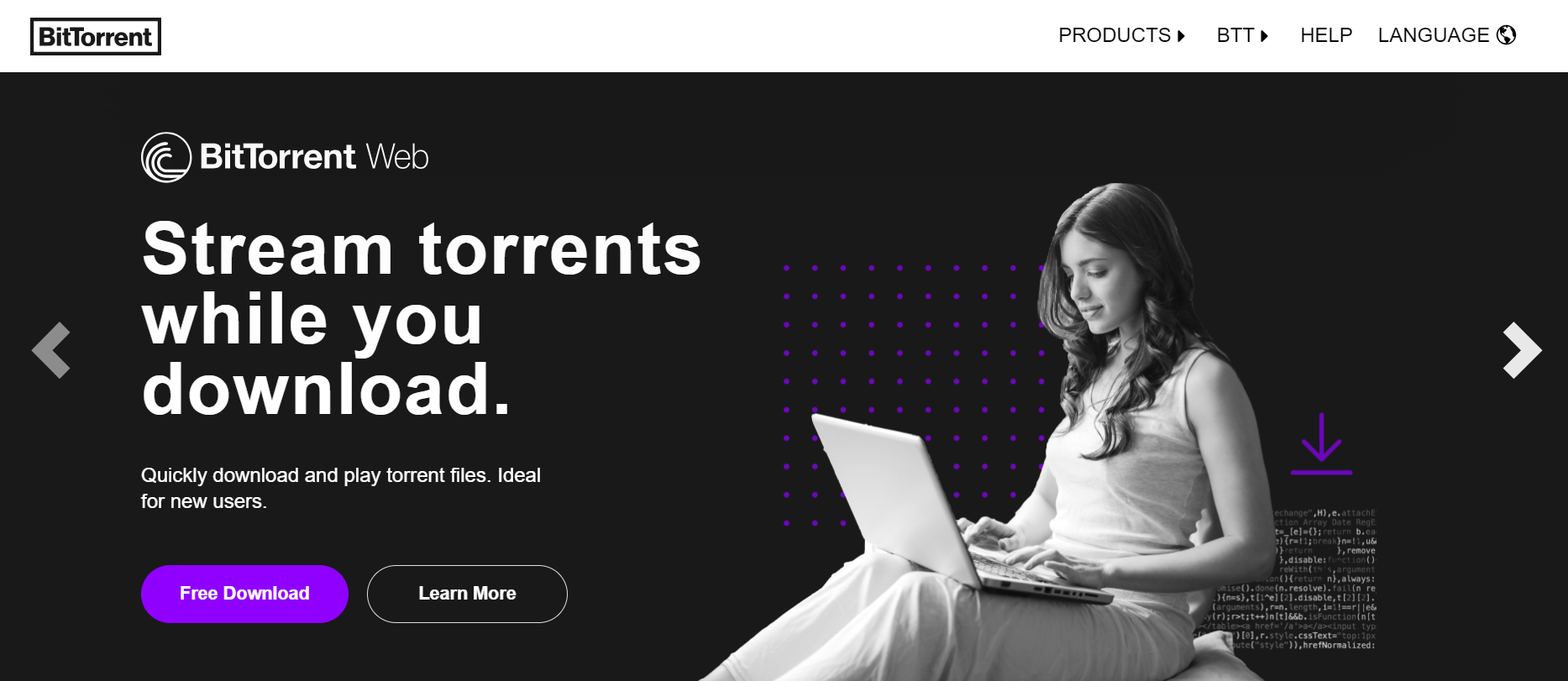
Salient Attributes
- Its primary function revolves around alleviating the burden on centralized servers by leveraging the power of distributed sharing.
- BitTorrent facilitates the bulk download of torrents, streamlining the acquisition of multiple files.
- An intriguing statistic reveals that BitTorrent contributes to approximately 35% of all internet traffic.
- The platform particularly excels in facilitating high-speed downloads of substantial software, ISO images, and operating systems.
- It thrives in scenarios where demand centers around popular and recently introduced files that captivate a large audience.
9. PHP
PHP, which expands as a hypertext pre-processor, emerges as a scripting language predominantly employed within the realm of web development. A distinctive advantage lies in its seamless integration within HTML, where it can be embedded directly. This attribute, along with its open-source nature, contributes to its standing as an exemplar of exceptional software.
This language serves as an invaluable tool for orchestrating dynamic content, tracking sessions, and crafting e-commerce platforms. Notably, an array of prominent databases, including MySQL, PostgreSQL, Oracle, and Microsoft SQL Server, can seamlessly integrate with PHP.
PHP offers encryption capabilities, empowering users to manipulate database elements – be it addition, deletion, or modification – all within the realm of PHP. The recent trajectory of trends reinforces PHP’s position as a premier open-source software cherished by developers.
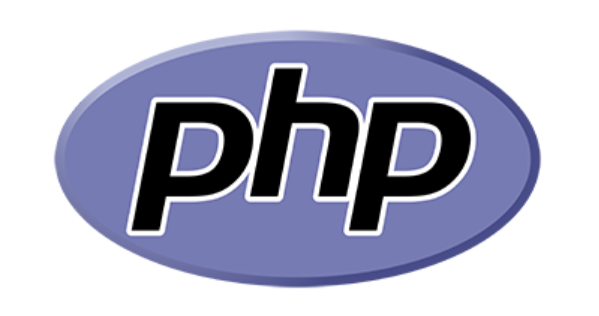
Prominent Traits
- PHP’s syntax bears a resemblance to that of C-like languages, enhancing its familiarity.
- The language showcases versatility by enabling data retrieval from and storage of files, data exchange via emails, and more.
- It extends support to diverse protocols such as POP3, IMAP, and LDAP.
- Its capabilities extend to powering even the most expansive social networks, exemplified by its use in running Facebook.
- PHP is harnessed for user access control, underscoring its capacity to manage user privileges and permissions.
10. Brave Browser
Brave stands out as a privacy-centric open-source browser meticulously crafted by Brave Software. Its defining attribute that sets it apart from its counterparts lies in its default configuration, where the browser takes the initiative to automatically thwart online advertisements and website trackers.
Should users opt to embrace advertisements, they retain the autonomy to modify the default settings to their preferences. As of May 2023, statistical insights reveal a substantial user base of 32.4 million active monthly users on Brave, complemented by an extensive network of 1.2 million engaged content creators.
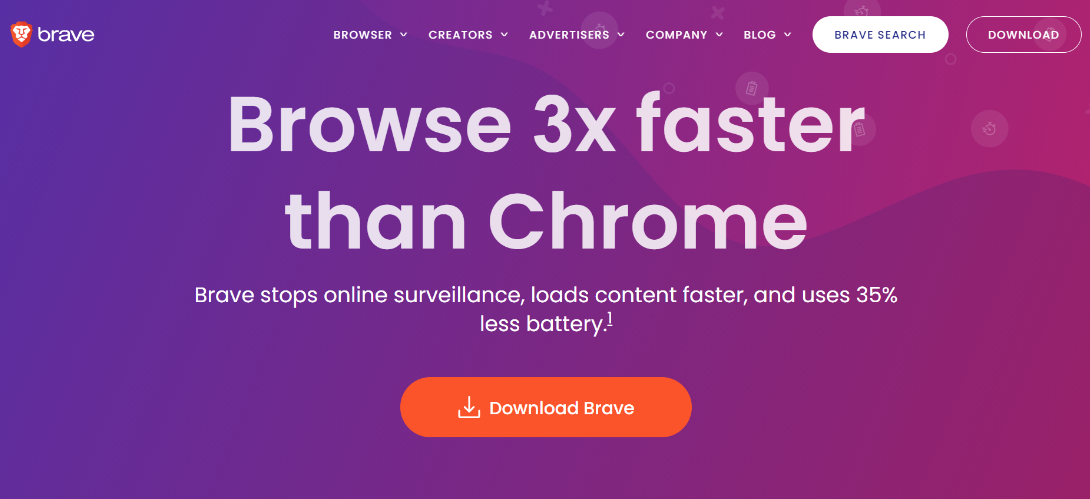
Key Attributes
- The browser integrates a peer-to-peer networking protocol, enhancing its versatility.
- A default feature entails the automatic suppression of trackers, ads, and scripts, contributing to a more secure browsing experience.
- The provision of automatic upgrades to HTTPS connections augments the browser’s commitment to user safety.
- Unique to Brave is its practice of substituting removed ads with advertisements drawn from its proprietary network.
- The financial underpinning of the browser hinges on its proportionate share of ad revenue valuation.
- An innovative feature entails users having the ability to earn the browser’s native token by simply engaging with the Brave browser.
11. Blender
Blender is a powerful open-source 3D creation suite that covers a wide range of applications, from 3D modeling and animation to video editing and game development.
12. MySQL
MySQL is a renowned open-source relational database management system. It’s widely used for applications that require efficient data storage and retrieval.
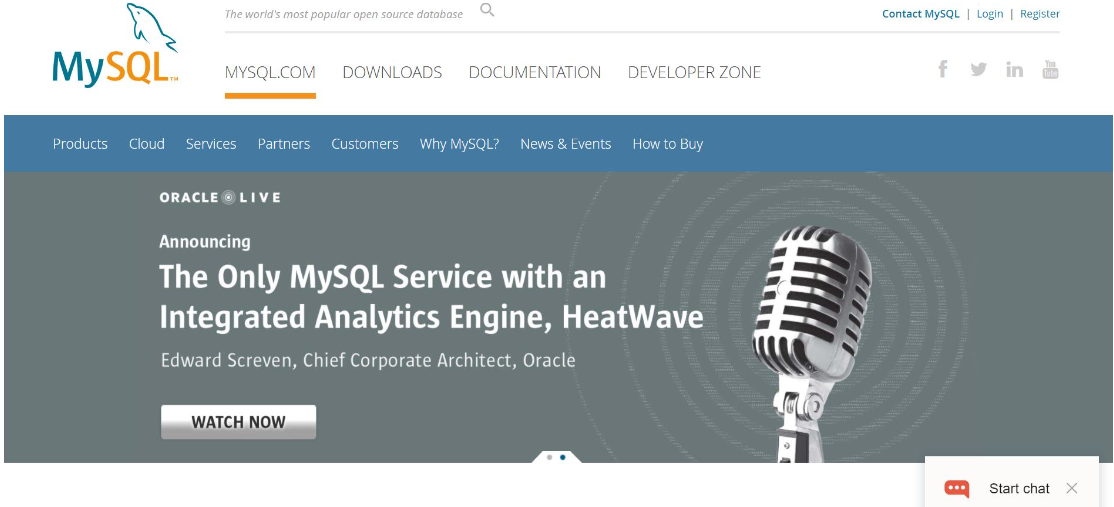
Highlighted Characteristics
- MYSQL operates on a client/server architecture, facilitating efficient communication.
- Memory allocation is orchestrated through a thread-based system, optimizing resource utilization.
- The platform is compatible with a spectrum of operating systems, including Windows, Linux, and Unix.
- MYSQL stands out for its commendably low memory leakage, enhancing its stability.
- Diverse plugins are at the disposal of users, catering to the embedding of the database into various applications.
13. Linux
Linux, the poster child of open-source operating systems, powers a significant portion of servers, mobile devices, and embedded systems worldwide.
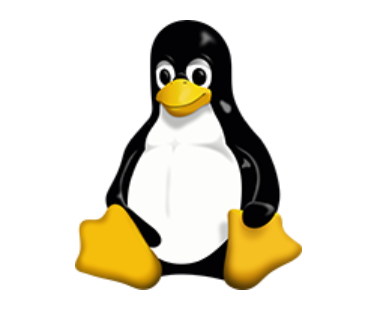
Highlighted Traits
- Linux safeguards user security through an array of features, including password protection and robust data encryption mechanisms.
- The operating system boasts compatibility with a diverse spectrum of hardware configurations, broadening its usability.
- The architecture fosters concurrent access to system resources by multiple users.
- Its multitasking prowess allows seamless execution of multiple applications simultaneously.
- A noteworthy capability is its ability to function within the Windows operating system environment, further enhancing its adaptability.
14. Ruby on Rails
Ruby on Rails, often referred to as Rails, is an open-source web application framework that follows the Model-View-Controller (MVC) architecture. It simplifies and accelerates web development.
The architecture revolves around the MVC (Model-View-Controller) paradigm, fostering a streamlined approach to development.
The Active Record component, an integral part of Ruby on Rails, offers a library that significantly simplifies database access and data management.
A wealth of AJAX capabilities is seamlessly integrated into the framework, enhancing interactivity.
Invaluable error logs extend extensive insights for debugging applications, ensuring robust performance.
A noteworthy facet is the absence of XML configuration files, exemplifying the framework’s conciseness and simplicity.
15. FileZilla
FileZilla is a reliable open-source FTP client that facilitates secure file transfer between a user’s local machine and a remote server.
Highlighted Traits
- The platform capitalizes on the File Transfer Protocol (FTP) for file exchange.
- An intuitive drag-and-download functionality is on hand for convenient file uploading and downloading.
- The tool supports the export of queues, which can be formatted into XML files.
- Security is elevated through the implementation of password protection, fortified by a master password.
- With a global outreach, FileZilla is accessible in 47 languages, catering to diverse user bases across the world.
16. Inkscape
Inkscape is an open-source vector graphics editor that provides a free alternative to proprietary software for creating and editing vector images.
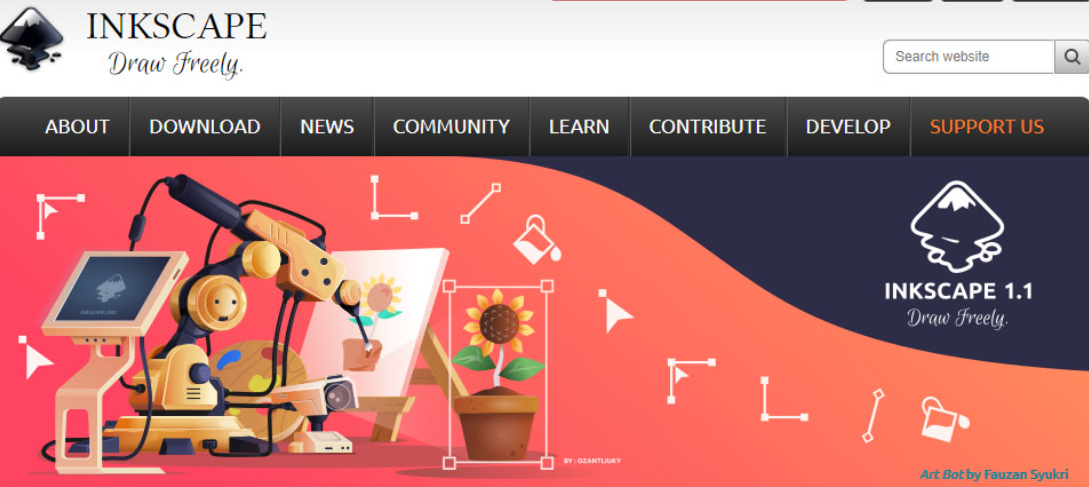
Highlighted Attributes
- Inkscape operates seamlessly across Mac OS X, Windows, and Linux platforms, ensuring broad compatibility.
- An exciting component is the inclusion of the 3D boxes tool, enabling the creation of adjustable 3D boxes within the XYZ plane.
- Employing a layer-based system enhances organization and precision within projects.
- Inkscape simplifies the process of tracing bitmap images, streamlining the transformation from raster to vector graphics.
- A diverse array of drawing tools enriches the creative process, allowing users to imbue their projects with an artistic touch.
17. Apache OpenOffice
Apache OpenOffice is a comprehensive open-source office suite that includes applications for word processing, spreadsheets, presentations, and more.
Highlighted Traits
- The software’s unparalleled consistency sets it apart from competing products.
- It is released under the Apache 2.0 license, embodying open-source principles.
- This platform empowers users to actively contribute by reporting bugs, introducing novel features, or eliminating unnecessary ones.
- Notably, Apache OpenOffice operates under a cost-free model, underscoring its accessibility.
- In terms of functionality, the suite is on par with any other software offering similar features, albeit with enhanced efficiency.
18. Krita
Krita is an open-source digital painting and illustration program suitable for both beginners and experienced artists.
19. KeePass
KeePass is an open-source password manager that securely stores and manages passwords. It helps users keep their online accounts safe.
20. LibreOffice
LibreOffice is another powerful open-source office suite that offers a range of applications for productivity tasks, including word processing, spreadsheets, and presentations.
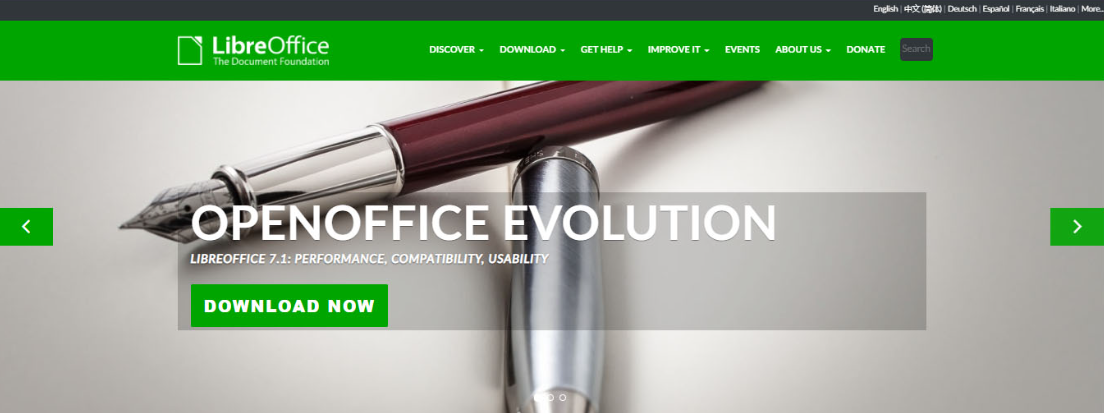
Highlighted Attributes
- LibreOffice finds compatibility across multiple operating systems: Windows, macOS, and Linux.
- Its reach is expansive, with support for approximately 115 languages.
- When it comes to saving documents, users can opt for the Open Document Format for Office Applications (ODF) or OpenDocument format.
- A standout feature is its seamless support for Microsoft files, enhancing interoperability.
- Far from being a trimmed-down version, LibreOffice stands as a comprehensive suite encompassing a broad spectrum of capabilities.
21. VirtualBox
VirtualBox is an open-source virtualization software that allows users to run multiple operating systems on a single host machine.
22. Zimbra
Zimbra is an open-source email and collaboration platform that provides email, calendaring, and file-sharing capabilities.
Highlighted Characteristics
- Zimbra stands as an adept supporter of both email and group calendar functionalities.
- The software is available in two iterations: an open-source variant and a commercially supported version.
- Synchronization capabilities extend to encompass email, contacts, and calendar items with open-source mail clients.
- At one juncture, Zimbra even featured a desktop email client named Zimbra Desktop.
- Zimbra asserts itself as a comprehensive collaboration suite catering to a diverse range of collaborative needs.
23. 7-Zip
7-Zip is an open-source file archiver utility that supports various compression formats. It’s a versatile tool for managing archives.
24. Marketcetera
Marketcetera is an open-source trading platform that enables users to develop, test, and execute algorithmic trading strategies.
Java Open-Source Projects
If you’re interested in contributing to open-source projects, here are some notable opportunities in various programming languages:
- Spring Framework
- Hibernate
- Apache Maven
- Eclipse IDE
- C++ Open-Source Projects
- Boost C++ Libraries
- OpenCV
- TensorFlow
- Qt
- Python Open-Source Projects
- Django
- Requests
- NumPy
- Matplotlib
Wrapping Up
In this comprehensive exploration of open-source software, we’ve unveiled the essence of its philosophy, the myriad advantages it offers, and a carefully curated list of the top 23+ open-source software solutions. From versatile programming languages to powerful multimedia tools, open-source software empowers individuals and organizations to innovate, collaborate, and create. As the digital landscape continues to evolve, open-source software remains a beacon of transparency, security, and limitless possibilities.
So, whether you’re a developer, a business owner, or simply an enthusiast, the world of open-source technology welcomes you to participate, contribute, and make a meaningful impact.

